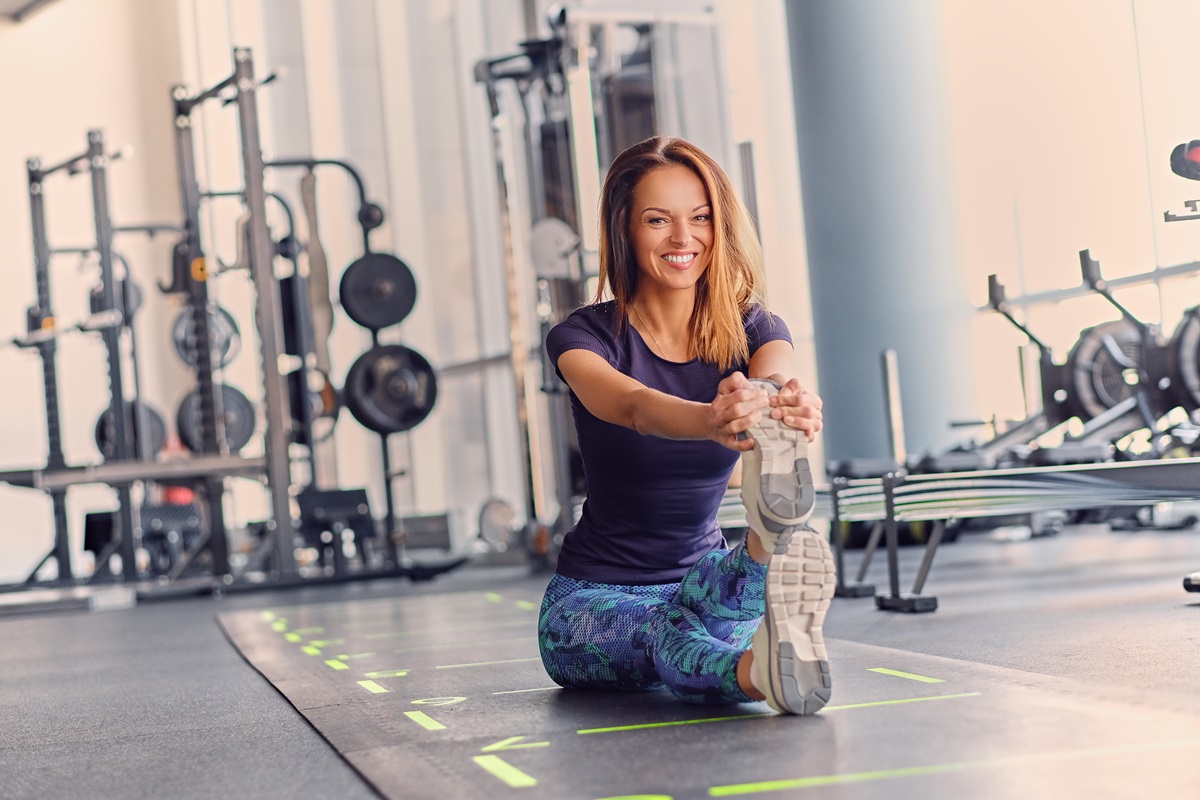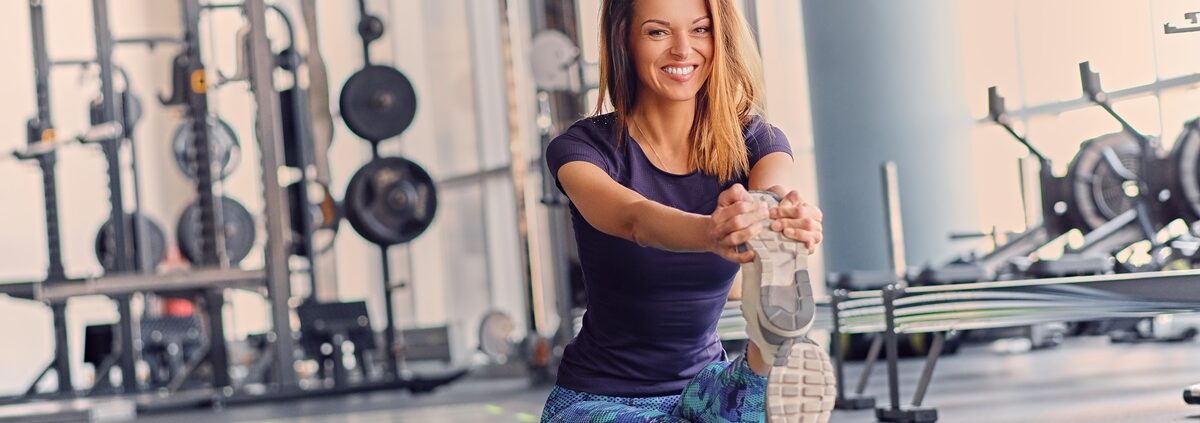Harnessing Biometrics: How Personalized Data Can Revolutionize Your Fitness Journey

Wellness and technology are two of the most rapidly evolving sectors, and they’ve been working hand-in-hand to reveal some extraordinary insights about our fitness and well-being.
Recent advancements have introduced the integration of biometric data into fitness, a global movement that has proven to be a total game-changer. Now, health professionals and individuals across the globe are part of this revolution, utilizing biometric devices to unlock their bodies’ secrets and create personalized fitness plans.
With that said, here’s a brief guide on how biometrics made its way into the fitness world and why you should use it to stay fit and healthy.
Origin Of Biometrics In The Wellness Sector
We all have unique physical and behavioral characteristics that help set us apart from the rest of the population. Biometrics is the statistical analysis of this information or data.
While it’s commonly used for personal identification and security systems, biometrics has recently become the shining star in health and wellness management. It can help assess heart rate, blood pressure, dietary habits, menstrual cycles, sleeping patterns, activity and stress levels, genetic makeup, and many other factors, allowing us to understand our health better.
Apple Health was the primary pioneer in this field, and in 2014, the first Apple Watch was launched. This device later changed the face of biometric tracking and brought it to its current stage. Apple’s smartwatch also integrated information from other apps and devices to provide accurate predictions and advice.
Joining many tech-driven trends in healthcare, biometric devices and their capabilities are ever-evolving to provide comprehensive guidance on our overall health,
The Revolution of Biometric Wearables
Whether your fitness tracker tells you to spend 15 minutes jogging on the treadmill at five mph or perform six sets of bench presses, it only knows what is ideal for your body because of your biometric data.
Wearable fitness devices gather precise details about your physiology and physical activity through sensors, turning your body’s signals into tangible data.
These are common sensors used to collect specific biometric data:
- PPG: Photoplethysmography sensors use a simple LED light to measure heart rate; it checks any light absorption in the blood flow under the skin to detect any changes.
- Pulse Oximetry: These sensors use LEDs to check blood oxygen levels; this helps detect changes in your baseline and indicate progress.
- Bioimpedance: This electronic device sends small currents through your body to measure body fat percentage and resistance, which helps estimate body composition.
- Accelerometers: These can detect movement and accelerated forces in the 3D; this tech helps track the number of steps or any other movements you make.
Fitness Biometric Feedback For Personalized Fitness Plans
Biometric feedback for fitness refers to collecting and analyzing an individual’s physiological data, such as oxygen saturation, body temp, heart rate, muscle activation patterns, etc., during exercise.
Wearable devices help capture this real-time biometric data and provide crucial insights into how a person responds to different forms of physical activity.
How can this help personalize your fitness plans? Let’s find out:
Pre-Planning
Knowing your workout plan in advance helps prepare you for equipment, diet, sleep schedule, etc. If your fitness plan says you need more lean protein, you’ll know to shop for poultry or seafood.
Similarly, when your plan mainly comprises cardio workouts, you’ll know to invest in cardio machines like treadmills or stationary bikes. If it suggests strength training, you must buy appropriate weights and power racks for safer workouts.
You may have to adjust your daily schedule to accommodate these workouts, and having a consistent plan helps with that, too. It also allows progress tracking and encourages taking accountability for regular exercise.
Customized Intensity And Duration
Besides the overall workout plan, biometric feedback helps you understand and adjust the intensity of your workouts based on heart rate monitoring; this allows you to stay within specific workout categories (burning fat, anaerobic, aerobic) for the best results.
Sensors in fitness trackers can also detect muscle fatigue, which allows you to modify workout sets and repetitions based on your physical capacity. Biometrics also shows your body’s oxygen saturation, helping you personalize the duration of your workouts.
For example, if high-intensity intervals drastically reduce your oxygen saturation, workouts in shorter bursts may be a more practical option.
Recovery Needs And Strategy
Biometrics also includes details about heart rate recovery, which involves monitoring how fast the heart rate is back to baseline after a workout; this provides crucial insights into cardiovascular fitness and recovery needs.
Similarly, tracking sleep patterns allows you to manage the training load based on how much restorative sleep you receive. Furthermore, the rate of muscle fatigue, recovery patterns, and movement patterns can help devise the right strategy to help your body recover.
Proactively approaching these insights helps identify potential risks, which allows you to make the necessary changes in your routine and daily habits. In return, this practice reduces and prevents injuries.
Nutritional Guidance
Based on your biometric data, you can develop healthy eating habits and change your dietary choices. Smart glucose monitors reveal how different foods and physical activity affect your blood sugar levels, allowing you to plan your meal timings and composition.
You’ll better grasp the three main macronutrients: carbs, protein, and fat; this helps you understand how each component affects your body, and you can adjust them for optimal performance and health.
For example, you’ll know to include more protein in your diet to speed up muscle recovery and growth or more fat for hormone production.
Parting Thoughts
Among the many technological marvels, biometrics for fitness intertwines physical health with our everyday lives. This makes it a deeper concept that helps us understand ourselves and build a healthy connection with our bodies. As the field evolves, we’ll see new advancements promoting physical and mental well-being.





Leave a Reply
Want to join the discussion?Feel free to contribute!